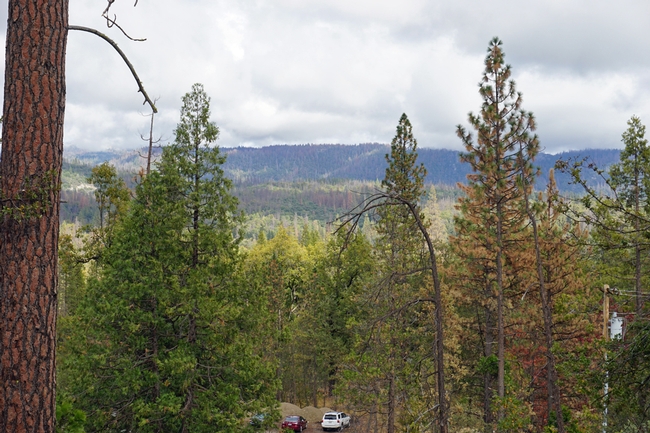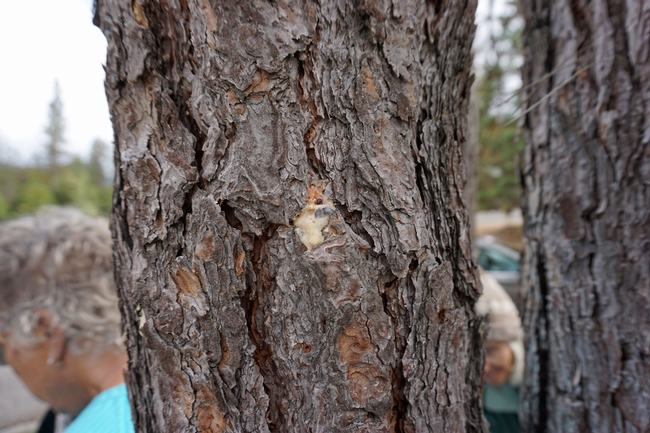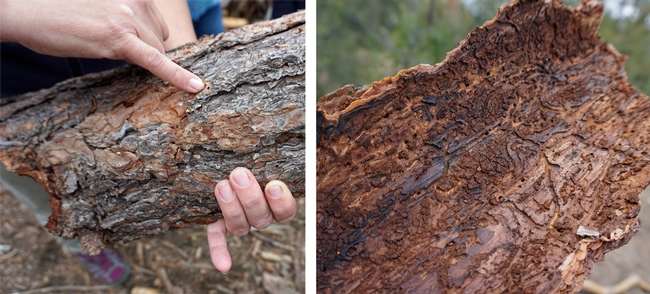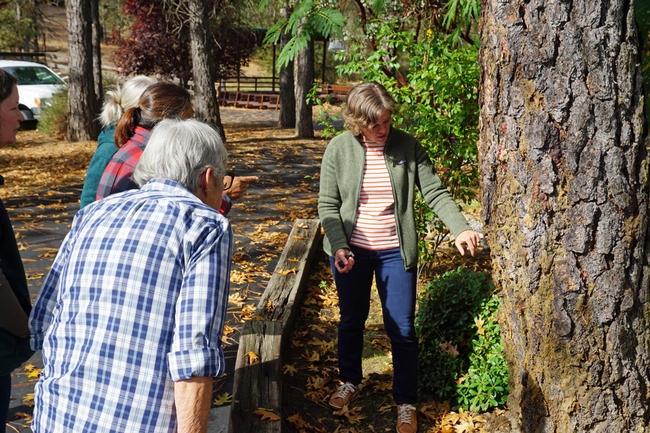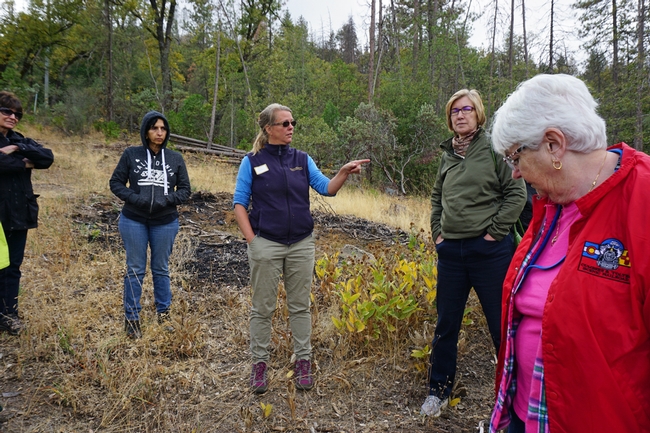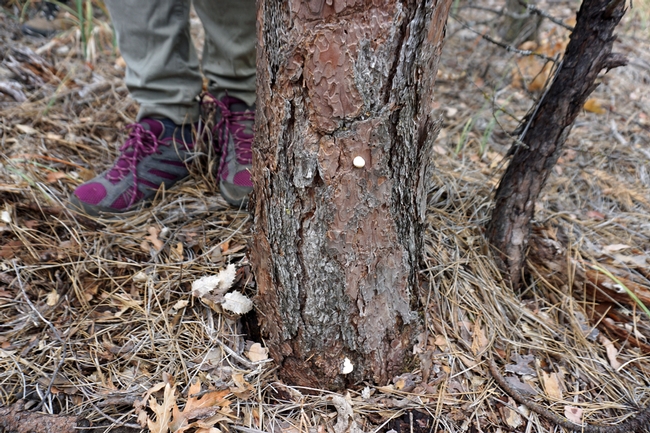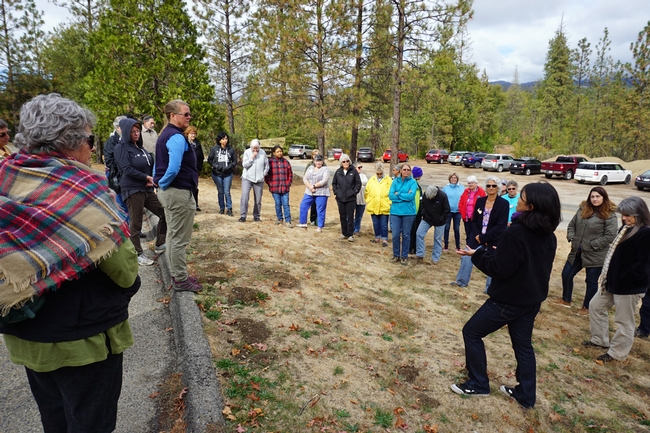Replanting the Sierra Nevada after an ecological catastrophe
Reposted from UCANR News
Given California's changing climate, should Sierra Nevada residents replant pine trees after so many died during the 2010-2016 drought? The short answer is yes, says Susie Kocher, UC Cooperative Extension forestry advisor.
“We have every reason to believe that pines will continue to be an important part of mixed conifer forests in the Sierras,” Kocher said.
Kocher spoke at a meeting for UC Master Gardeners, volunteers who provide landscape advice to the public in California. Questions have been coming in to Master Gardener hotlines from mountain residents wondering what to do after unprecedented tree loses in the last few years.
Most California forests are suffering from severe overcrowding due to 100 years of aggressive fire suppression and selective harvesting of the largest and most resilient trees. They were then subjected to five years of drought.
“There were just too many stems in the ground,” Kocher said. “The drought was very warm, so trees needed more water, but got less. These were optimal conditions for bark beetles.”
Western pine beetle is a native pest that attacks larger ponderosa pine and Coulter pine trees weakened by disease, fire, injury or water stress. Bark beetles are tree species specific, so other beetles target other species of trees in California's mixed conifer forests. Typically, bark beetles bore through tree bark and create long winding tunnels in the phloem. An aggregating pheromone attracts additional bark beetles to the tree, and heavily attacked trees invariably die.
During the drought, 102 million Sierra Nevada trees died from bark beetle attack or simply lack of water; 68 million of those died in 2016 alone. But after the abundant rainfall in the 2016-17 season, the bark beetle population seems to have crashed.
Landowners with 20 acres or more may be eligible for a state cost-sharing program to remove trees, reduce the fire hazard and replant new seedlings. Landowners in mountain communities who wish to revitalize their properties can contact local UC Master Gardeners for recovery advice.
UC Master Gardeners are plant enthusiasts who have passed an intense training program presented by UC academics. They participate in continuing education annually to update and maintain their knowledge. More than 60 Master Gardeners from Mariposa, Madera and Fresno counties gathered in Oakhurst in October to learn from UC scientists how to work with mountain homeowners whose towering trees have died. Similar training sessions, all funded by a grant from UC Agriculture and Natural Resources, were held in El Dorado and Tuolumne counties in June.
“There is life after beetles,” said Jodi Axelson, UC Cooperative Extension forestry specialist at UC Berkeley.
“Eco systems are stretched, and then they come back,” she said. “You must remember the time scale of forest change is long and pines have been a major species in the Sierra Nevada for at least 28,000 years. As long as there have been pines, there have been bark beetles.”
The scientists suggest that people who own forestland take a step back and assess the landscape after their dead trees have been removed.
“We're seeing a lot of young cedar and white fir surviving the drought. Oaks seems to be doing really well,” Kocher said.
She suggests landowners thin young trees so available sun and soil moisture are focused on the healthiest trees. Water seedlings that are receiving more sun than before to reduce stress. Planting native conifers is the best option. Due to climate change, she recommends choosing trees from a slightly lower elevation to hedge against warmer temperatures in the future.
Pines are adapted to the California forest, but may need help to regenerate. When the ground is moist in the late fall or spring, plant seedlings 10 to 14 feet apart. New trees should be planted well away from homes to maintain defensible space and at least 10 feet from power lines.
“Please don't set them up for future torture,” Kocher said. “That's just sad.”
To help the new trees become established, cover the ground around the tree, but not touching the bark, with two or three inches of mulch and irrigate weekly during the dry season for the first few years.
Questions about special circumstances may be directed to local UC Master Gardeners. Find the local program here: http://mg.ucanr.edu/FindUs/
